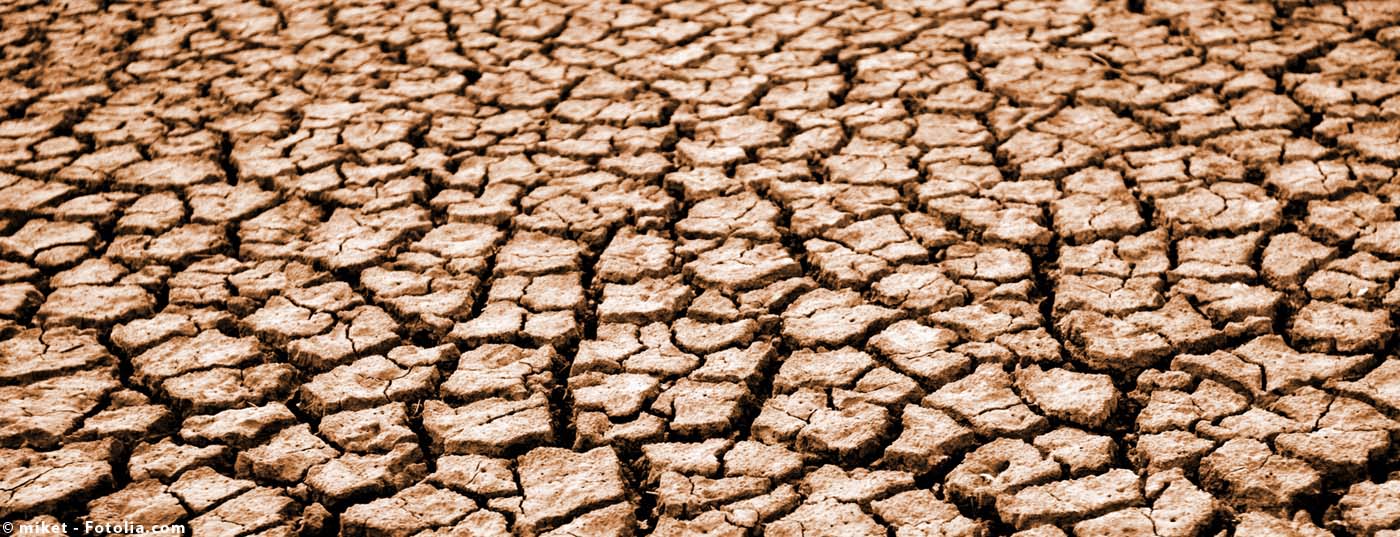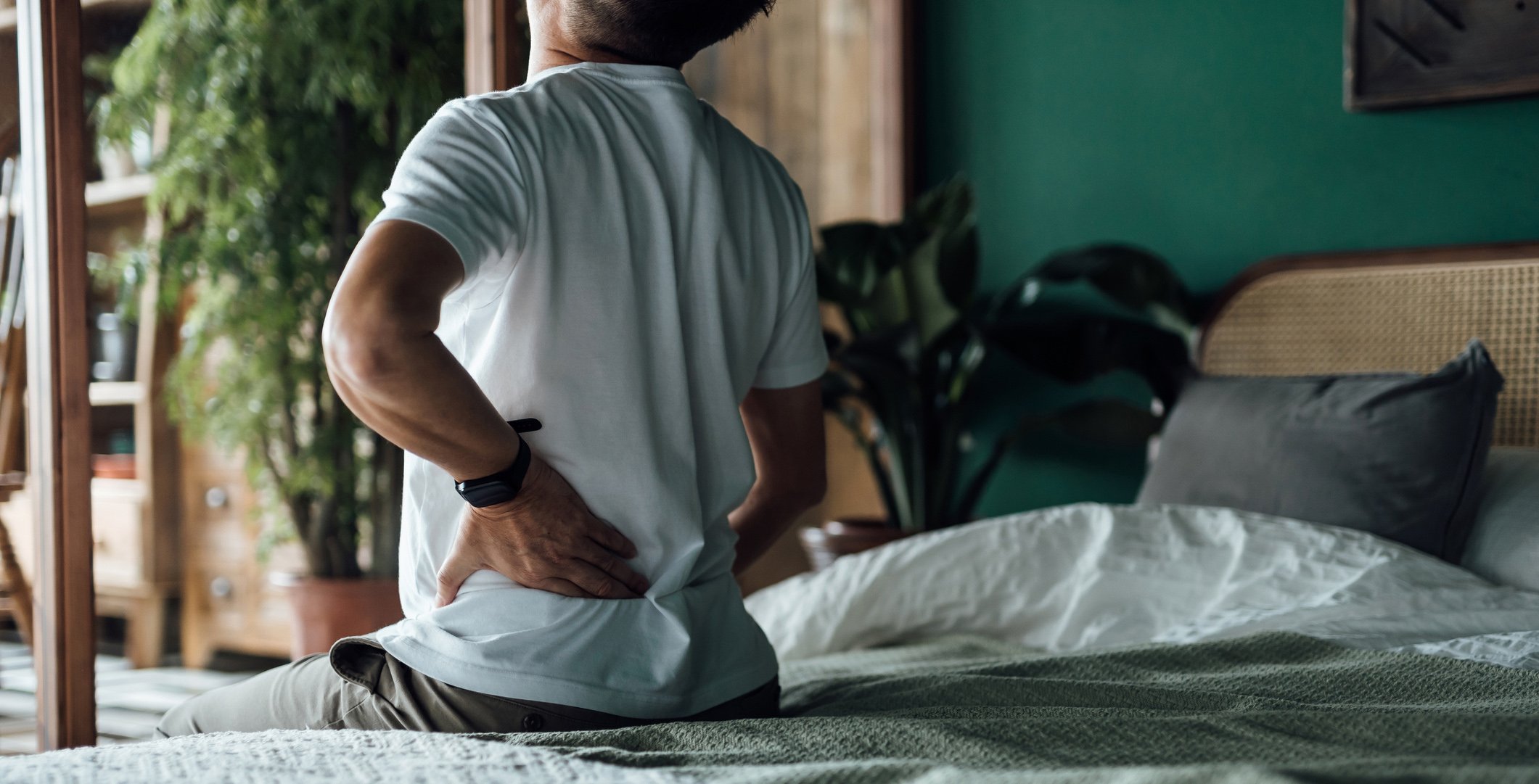The physiological changes of aging skin are fairly well described. The most important seems to be the fact that almost all people over 60 years suffer from dry skin. This skin dryness, which increases with age, is always accompanied by itching, which can lead to a significant reduction in quality of life. The skin care of aging skin is based on these physiological changes. It includes proper cleansing, a selection of well-acting skin care products with appropriate vehicle, early sun protection, and nutritional supplements to accompany topical therapy.
First of all, you have to ask yourself what exactly is meant by aging skin. Aging is difficult to define. The World Health Organization (WHO) defines old as anyone who has reached the age of 65. In Germany and also in America, the term “geriatric patient” is only used for patients over the age of 70. However, terms like “older” or “younger” show that the biological aging processes are not clearly defined and therefore cannot be described unambiguously. Aging is ultimately a very individual process.
Meanwhile, the aging processes of the skin are relatively well described (see article by Prof. Surber in this issue as well as [1]). A distinction is made between internal aging, which is genetically determined, and external aging, which is environmentally determined. The latter is in our own hands: sun exposure, tanning salons, too little sleep, poor diet, smoking, alcohol, stress lead to the so-called premature aging of the skin. For the layman, there is little difference between the images of genetically aged and prematurely aged skin. Both show more or less deep wrinkles, dry skin surface and an increasing number of partly pigmented lesions. Changes in connective tissue lead to a decrease in firmness, the skin becomes flabby and loses tension.
The care of the skin in old age is oriented to these physiological changes. Although the signs of aging cannot be eliminated by targeted care alone, unpleasant accompanying conditions such as itching can be prevented or at least reduced.
Cleaning
First of all, skin care includes correct and adapted cleansing. Incorrect cleansing or the use of incorrect cleansing products, as well as incorrect performance of skin cleansing, can increase skin dryness and thus lead to redness, irritation and itching.
In general, syndets (synthetic liquid or solid detergents) lead to fewer side effects such as skin irritation and itching than soaps. Therefore, soap-free, alkali-free and alkyl sulfate-free products with a pH between 5.5 and 5.9, preferably without perfumes and preservatives, are most suitable. It is advantageous to treat dry skin in old age with moisturizing cleansing products containing, for example, vegetable oils. Although “refatting” the skin (whatever that means) is a controversial concept, refatting products generally contain more lipids and are often subjectively perceived as pleasant and preferred by consumers with dry skin. It should be noted, however, that the use of a moisturizing cleansing product does not replace skin creaming.
Cleaning products should be used sparingly and washed off thoroughly. Showering or bathing should be done not too often, not too long and with lukewarm water. Especially older people like to bathe, so the recommendation is to bathe no more than twice a week, keep the water temperature between 32 and 35 °C and use oil baths, which are more suitable for dry skin than bubble baths.
Care for dry, itchy skin of the elderly
The goal of proper care should be, in addition to hydration, to normalize the lipid balance of the horny layer. Three mechanisms of action can be distinguished, which are combined in some products:
- Supply of water-binding components such as glycerine, urea, etc.
- After evaporation of the water from the formulation, a more or less closed lipid film remains on the skin surface. The resulting occlusion strengthens the skin’s barrier function, reduces transepidermal water loss and thus helps to retain water in the horny layer.
- Boosting the skin’s own synthesis of water-binding components such as urea or of important lipid components of the horny layer. These new avenues are the subject of current research and give hope that we will have better treatments for dry skin in the near future. Many such activators have shown effects in in vitro systems such as cell cultures or reconstructed skin. Whether these effects also occur after external application is difficult to answer.
Similar to cleaning, care must be considered and the choice of appropriate products must be made carefully. Not all care or hydrating creams are suitable for the treatment of dry skin.
The choice of vehicle is extremely important. In principle, strongly hydrophilic products should be avoided and lipid-rich O/W or W/O emulsions should be preferred. Microemulsions should rather be avoided due to the usually increased surfactant content.
The “active” components are primarily urea (in sufficient concentration) and glycerin. Dexpanthenol, aloe vera gel, hyaluronic acid as well as oat extract are also suitable. Although regulating desquamation and hydrating, alpha hydroxy acids such as lactic acid should be avoided as they can easily cause irritation to older skin.
Lipid components such as almond oil, jojoba oil (this especially in combination with glycerin) and shea butter are attributed important hydrating and skin-caring properties.
Itching often accompanies dry skin and presents a particular challenge [2]. It is perceived as annoying to excruciating and can lead to insomnia and physical and mental exhaustion. The discussed regular skin care with hydrating and refatting externals can alleviate itching. In addition to this careful skin care, cooling lotions and creams or cool, moist compresses can be applied. Wearing light clothing, preferably cotton, is recommended.
If the itching significantly reduces the quality of life, the dermatologist must intervene. He has a whole range of local and systemic treatment options available to him, which are beyond the scope of this publication. Cite only treatment with a mild corticosteroid ointment, which can be purchased over the counter, is a temporary solution and should not be used for a long time.
Wrinkles, skin elasticity
Thinning of the dermis is the consequence of the increasing reduction of collagen synthesis in aging skin as well as the increase of matrix metalloproteinases. This also explains the tendency of older skin to poor wound healing and ulceration. Larger and smaller wrinkles are an important visible consequence of the loss of elasticity and reduced collagen in the dermis.
The vitamin A derivative “all-trans-retinoic acid” or tretinoin has long been known for its beneficial effects on aging skin, especially environmentally damaged, prematurely aged skin. As a result of its strong teratogenic potential and side effects, especially severe skin irritation, tretinoin is banned in cosmetic products and can only be prescribed by dermatologists.
Pure vitamin A (retinol) is used in numerous cosmetic products for the care of aging skin. Vitamin A penetrates the skin and is oxidized to retinaldehyde, which in turn is oxidized to tretinoin. Tretinoin is therefore the biologically active form of vitamin A. This transformation results in normalization of collagen synthesis, inhibition of matrix metalloproteinases, and other beneficial effects, such as an increase in the synthesis of glycosaminoglycan.
Many data are available to support these beneficial effects of vitamin A on older skin [3–5]. The focus is on improving fine lines and wrinkles. With prolonged use, other effects such as a decrease in irregular pigmentation and an increase in skin firmness are noted. It should be noted that topically applied vitamin A is much better tolerated than tretinoin and does not cause significant skin irritation.
The loss of elasticity of the skin is also accompanied by a decrease in the content of hyaluronic acid in the matrix. Recently, so-called “fillers” have been increasingly used, which make skin wrinkles disappear by increasing their volume. Various hyaluronic acid preparations are frequently used in this regard. However, these products are also used for sustained improvement of skin elasticity [6]. Here, however, we leave the field of care to enter the realm of aesthetic medicine (“fillers” are implants, albeit predominantly resorbable).
In women, the problem of menopause still occurs with increasing age. The lack of estrogen increases the problems of aging skin. Due to the decreasing estrogen secretion during menopause, the water and fat content of the skin decreases and the collagen and elastin synthesis is reduced. The skin becomes thinner, flabbier and drier. At the latest with the onset of menopause, women should specifically use care products that maintain their skin condition and positively influence wrinkles. Phytohormones such as isoflavones from soy, which unlike estrogens such as estrogen and progesterone may be used in cosmetics, are particularly effective. Isoflavones bind to the estrogen receptors of the skin and can thus combat negative influences of the menopause on the skin.
Pigment spots
Over the years, the skin also shows more and more moles and irregular pigmentation, which can be disturbing. These typical, irregular, patchy pigmentations are called “age spots” (lentigo senilis, lentigo solaris).
Age spots are caused by accumulation of oxidation products of unsaturated fatty acids of the cell membranes, which can no longer be degraded (cellular “waste”: the so-called lipofuscin) and also by multiplication of melanin-producing melanocytes, predominantly in sun-exposed areas such as the backs of the hands, forearms and facial skin.
Pure pigment spots without elevation above the skin surface are completely harmless, but clearly indicate skin age. There is a proven link between chronic sun exposure and the development of age spots, in direct proportion to the duration and intensity of sun exposure. Age spots can become dangerous if they become inflamed and change into melanoma. Therefore, strongly growing or inflamed pigment spots should always be shown to a dermatologist.
Pigment spots present in old age cannot be removed by normal skin care. They can be covered with a concealing make-up, especially on the face (camouflage). So-called “bleaching creams”, which often contain combinations of antioxidants and tyrosinase inhibitors to curb melanin synthesis, are ineffective against lipofuscin accumulation. However, these creams are not without side effects and can cause skin irritation and also lighten healthy areas of the skin.
Age spots can be prevented by the consistent use of sunscreens. It’s never too late: even in old age, this prevents the development of new age spots.
If age spots are to be removed, this is outside the scope of normal skin care. Peeling, e.g. with fruit acid, or laser treatment can remove pigmentation. This procedure, which is not without risk, belongs to aesthetic medicine and should be performed by specialists.
Nutritional supplements and other care measures
Other useful measures for the care of aging skin can be found in combination with or even outside the classical cosmetics.
Nutritional status plays a big role in maintaining healthy skin. In addition to the normal intake of carbohydrates, proteins and lipids, a sufficient amount of antioxidants, vitamins and minerals (so-called dietary supplements) must be administered daily to maintain the condition and especially the barrier function of the skin. In fact, changes in skin condition were associated with inadequate nutrition long before a biochemical basis for it was discovered. For example, it has long been known that scurvy or pellagra can be cured by appropriate dietary changes or vitamin intake.
The effects of dietary supplements on skin condition (so-called “nutricosmetics”) is a relatively new research direction, and relationships between diet and skin condition are gradually becoming known [7]. However, when supplementing with dietary supplements, attention must be paid to the daily dose recommendation so as not to exceed the safe dosages of vitamins and minerals while observing the normal intake through the daily diet.
Dietary supplements do not compensate for an unhealthy diet. Recent results have shown that a time-limited supply of suitable substances can increase the body’s own light protection or significantly improve the quality of aging skin.
Humidifier
Older, dry skin can become a serious problem in winter. The horny layer can also absorb moisture from the outside. Heated rooms have low humidity, so a humidifier can be helpful here. The humidity in the room should be in the range of 50-70%.
Drinking
Moisture should also definitely be supplied from the inside. To prevent the skin from drying out, adequate hydration is also important. At least one liter of fluid, better two, should be drunk daily.
Concluding remarks
The active ingredients and other components and products mentioned in this article do not claim to be complete. A good source of documentation for cleansing and care of the skin in old age as well as dry skin in general are the guidelines and the guidebook of the Society for Dermopharmacy, which are available online: www.gd-online.de.
Conclusion for practice
- Gentle, considered cleaning with suitable cleaning agents
- Select care products with a suitable vehicle.
- Suitable active ingredients can alleviate dry skin and itching, but also combat the loss of elasticity and wrinkles. Combinations of active ingredients that simultaneously combat the various deficiencies of aging skin have proven most effective [8–10].
- Prevent pigmentation disorders by applying sunscreen early. Be sure to consult a dermatologist for any changes in an age spot.
- Finally, nutritional supplements can be a useful addition to classic topical care, and care should also be taken to ensure adequate humidity in the room and sufficient daily fluid intake.
Literature:
- Raab W, Kindl U: Care cosmetics. A guide. Wissenschaftliche Verlagsgesellschaft mbH Stuttgart, 5th edition 2012. ISBN 978-3-8047-2761-8.
- Wassilew SW: Pruritus: a diagnostic and therapeutic crux. Dtsch Arztebl 2002; 99: A-1096 / B-930 / C-874. www.aerzteblatt.de/archiv/31283/Juckreiz-Eine-diagnostische-und-therapeutische-Crux (viewed December 2013).
- Kafi R, et al: Improvement of Naturally Aged Skin With Vitamin A (Retinol). Arch Dermatol 2007; 143: 606-612.
- Bellemère G, et al: Antiaging Action of Retinol: From Molecular to Clinical. Skin Pharmacol Physiol 2009; 22: 200-209.
- Mukherjee S, et al: Retinoids in the treatment of skin aging: an overview of clinical efficacy and safety. Clinical Interventions in Aging 2006; 1: 327-348.
- Imhof M, Kühne U: Treatment of elastotic senile skin with Hyal ACP®. Cosmetic Medicine 2013; 3: 122-124.
- Heinrich U: Clinical testing of dietary supplements. Cosmetic Medicine 2013; 5: 192-195.
- Aksamitova H, Holcová S, Hladicová M: Anti-aging effect and skin tolerability of a multivalent combination of active ingredients in a W/O emulsion. Cosmetic Medicine 2013; 4: 172-177.
- Grether-Beck S, et al: Urea plus ceramides and vitamins: Studies on the improvement of a urea-containing externum by addition of ceramides and vitamins. Dermatologist 2008; 59: 717-723.
- Draelos ZD: The latest cosmeceutical approaches for anti-aging. J Cosmet Dermatol 2007; 6: 2-6.
Dermatology Practice 2014; 24(1): 10-14











